Editorial: On the occasion of the New Year of At Ty 2025, Member of the Party Central Committee, Vice Chairman of the National Committee on Digital Transformation, Minister of Information and Communications Nguyen Manh Hung shared with VietNamNet detailed analysis and explanations of the viewpoints, core ideas, unique approaches, and breakthrough, revolutionary tasks and solutions of Resolution 57 recently issued by the Politburo.
Unleashing creativity for science and technology, innovation and digital transformation
How does the Minister assess the timing of the issuance of Resolution 57 on breakthroughs in science and technology development, innovation and digital transformation?
Minister Nguyen Manh Hung: I think this is an inevitable and timely development. When the country was still poor and hungry, we were worried about how to escape poverty. At that time, raising the issue of breakthrough development in science and technology (S&T), innovation (I&C) and digital transformation (DCT) was not the right time.
To date, Vietnam has escaped poverty, reached the world average income level and is aiming to be in the group of upper middle-income countries by 2030, becoming a high-income developed country by 2045. Analysts expect the trend of breakthrough thanks to technology to help Vietnam achieve a higher ranking in the world economy . I think this is the right time for us to move to a new stage of development.

Minister Nguyen Manh Hung: "This is the right time for us to move to a new stage of development." Photo: Hoang Ha
We can imagine Vietnam as a person who is standing with a slightly hunched back, now has to stand up to stand shoulder to shoulder with the great powers, to become a developed country. When moving to a new stage, we also use new tools to develop the country.
General Secretary To Lam said that now is the time for Vietnam to rise strongly to become a developed country. And Resolution 57 has shown the way for the country to rise, which is through science and technology, innovation and digital transformation.
With the Politburo issuing Resolution 57 and General Secretary To Lam as Head of the Central Steering Committee on Science, Technology, Innovation and Digital Transformation Development, I realize that from now on, the trio: Science and Technology, Innovation and Digital Transformation have truly become a revolution of the entire Party and people, and will enter a period of breakthrough development.
In particular, the presence of General Secretary To Lam at the 6th Make in Vietnam Forum conveyed a very strong message from our Party: Developing and mastering science and technology, innovation and digital transformation is the prerequisite and the best opportunity for our country to develop richly and powerfully in the new era - the era of the Vietnamese nation's rise.
The Minister compared Resolution 57 to "contract 10" for national science and technology, innovation and digital transformation. Could the Minister please explain more clearly about this comparison?
Resolution 57 is a special and important thematic Resolution on breakthroughs in science and technology development, innovation and digital transformation, with many revolutionary viewpoints, tasks and major solutions.
40 years ago, Resolution 10 created a revolution, bringing about extremely spectacular results for Vietnamese agriculture. From a place of rice shortage and hunger, Vietnam has had enough, had surplus, exported and is now one of the world's leading countries in exporting agricultural products, not just rice. In 2024, Vietnam's agricultural export revenue reached 62.5 billion USD.

Resolution 10 has created a revolution, bringing about extremely spectacular results for Vietnamese agriculture. Photo: Ho Hai Hoang
The spirit of “contract 10” is clearly expressed in Resolution 57 of the Politburo. Resolution 57 is similar to Resolution 10 of agriculture, but this time it is for national science and technology, innovation and digital transformation.
Our wish is that from a place lacking in science and technology, innovation and digital transformation, Vietnam will move towards having enough, surplus, export and large-scale export of science and technology and digital transformation, just like our country has done with agriculture.
Resolution 10 is to escape poverty, Resolution 57 is to escape the middle-income trap. Resolution 10 is to liberate labor, Resolution 57 is to liberate creativity.
Minister Nguyen Manh Hung
Resolution 10 is to escape poverty, Resolution 57 is to escape the middle-income trap. Resolution 10 is to liberate labor, Resolution 57 is to liberate creativity. The common spirit of both Resolution 10 and Resolution 57 is to manage by objectives, regardless of how things are done, to empower autonomy and self-responsibility for workers, to accept risks and evaluate based on overall efficiency, and for workers to benefit from the fruits of labor and creativity.
Correctly understanding the spirit of Resolution 57 is very necessary for agencies, units and enterprises to be able to carry out work not only for the 5-year period, but for the next decades and beyond.
It should be emphasized that the two most important ideas of the spirit of contracting are management according to goals and final results rather than management of methods; workers must enjoy the fruits of their research and creative work.
Currently, our management is leaning more towards managing the way of doing things and processes. And because of leaning towards managing the way of doing things, the workers will also pay more attention to the process, compliance, and procedures without paying much attention to the final results. With the contract method, we will manage the target more than the way of doing things, and evaluate based on the final results.
The second, more important, meaning of the contract is that the worker must enjoy the fruits of his own labor and creativity. People have motivations of self-interest and personal motivation. They are part of a collective. Under the contract mechanism, the collective benefits and the participating individuals also benefit.
According to Resolution 57, after creating research results, scientists can bring their research results as intellectual property to contribute capital with others to establish a business; they can even bring those research results to establish a business to turn research results into products, creating value. Resolution 57 is concerned with solving the problem of commercializing scientific and technological research results.
When scientists bring research results to business, generate revenue, they participate in paying taxes and creating jobs for society. This is the benefit the state will gain from the contract mechanism in scientific research.
The spirit of contracting has been successful with agriculture and is expected to be successful with science and technology, innovation and digital transformation. With Resolution 57, our Party has opened up the spirit of contracting to promote breakthrough development for the whole country, not only for science and technology, innovation and digital transformation. We need to continue to bring the spirit of contracting to many other sectors and fields to make the country develop rapidly.
With Resolution 57, our Party has opened up the spirit of contracting to promote breakthrough development across the country, not only for science and technology, innovation and digital transformation. We need to continue to bring the spirit of contracting to many other sectors and fields to make breakthrough development for the country.
Minister Nguyen Manh Hung
At the conference to deploy the 2025 plan of Vietnam Television - VTV, I also suggested that the unit take the spirit of Resolution 10 and Resolution 57 to innovate internal management within VTV, creating a strong liberation of labor, creativity and autonomy for units within the station.
Leaders of agencies, organizations and enterprises also need to apply and map Resolution 57 to the work of their units. For example, it is possible to use the approach of the Resolution to manage human resources, changing the management method at the unit. From a deep understanding of the word "contract", leaders of units will focus on management according to goals, final results and have confidence in officers and employees.
What is the significance of the fact that for the first time the trio of Science and Technology, Innovation and Digital Transformation are together in a resolution, Minister?
Science and technology, innovation and digital transformation have existed for a long time, but in the past they were often separate and fragmented. Resolution 57 has for the first time put these three elements together and identified them as the three main pillars for national development in the new era. This is truly a very new perception, a revolutionary and breakthrough approach of our Party.
The key to creating development is that our Party has put the trio: Science and Technology, Innovation and Digital Transformation together and connected them. In this trio, Science and Technology is the foundation for creating knowledge and tools. Innovation is the driving force, transforming new knowledge and tools into ideas and solutions. Digital transformation creates the environment and tools to realize innovative ideas and solutions into products and services and popularize them in life to create real value...

Head of the Central Economic Commission Tran Luu Quang and Minister Nguyen Manh Hung and delegates visit booths at the 6th Make in Vietnam Forum. Photo: Hoang Ha
Science and technology and digital transformation are connected by innovation, like connecting “heavenly gods” and “earthly gods”, helping to coordinate better, creating resonance and synergy to bring practical values. Science and technology need innovation to promote application. Digital transformation also needs innovation to change the way of operation, management and creation of new products and services. The connection of the trio: Science and technology, digital transformation and digital transformation is the prerequisite, the opportunity for Vietnam to develop richly and powerfully in the new era.
Putting these three pillars together under one roof is also a unique and groundbreaking revolutionary approach that helps connect these three together.
Minister Nguyen Manh Hung
I think that the way to maintain the connection and linkage of the trio of science and technology, innovation and digital transformation to create resonance and synergy is to put these three elements into a common resolution, and in the near future, they will be managed by the same ministry. Putting these three pillars in one place, under one roof is also a unique and groundbreaking revolutionary approach, helping to connect these three together. And it is the connection and inseparability of the trio: science and technology, innovation and digital transformation that will create a new, breakthrough and revolutionary driving force for the development of science and technology and digital transformation in the digital environment.
Even between science and technology, it is necessary to understand that: Science is long-term research to create knowledge and this is rarely done by businesses because the effectiveness is not known, so the state plays a leading role. But when it comes to converting research results into technology, no one does it better than businesses. In the world, technology development is also led by businesses, for example, AI technology is developed and mastered by businesses such as OpenAI, Nvidia, Microsoft, Amazon.
The merger of the two ministries: Science and Technology and Information and Communications also creates a connection between science and technology. More than 74,000 digital technology enterprises under the management of the Ministry of Information and Communications will have faster access to the scientific research results of the Ministry of Science and Technology, bringing science and technology closer to businesses, and faster turning the results of scientific and technological research into products serving life.
What does the Minister think about the revolutionary nature of the "technology mastery" viewpoint emphasized in Resolution 57?
We put the whole nation and the whole economy into the digital environment, without mastering the technology, standing on a “sand pedestal” will be dangerous for the country. Therefore, Vietnam must master strategic technologies to master the national digital transformation process.
Minister Nguyen Manh Hung
In Resolution 57, our Party has clearly stated that for digital transformation to be successful, we must master the digital transformation process by mastering technology. We put the whole nation and the whole economy into the digital environment, but without mastering technology, standing on a “sand platform” will be dangerous for the country. Therefore, Vietnam must master strategic technologies to master the national digital transformation process.
Mastering strategic technology is the style of a developed country. Resolution 57 has many places that talk about the spirit of self-reliance, self-reliance, self-control, self-confidence, and pride; it mentions that Vietnam must begin to behave and think like a developed country. For example, in international cooperation, Resolution 57 requires international cooperation with developed countries; it must participate in international organizations to write international standards and norms on technology. Previously, we mainly applied international standards and norms.

Minister Nguyen Manh Hung: Vietnam must master strategic technologies to master the national digital transformation process. Illustration photo: Nam Khanh
Resolution 57 also for the first time stated specific, quantified figures for research to master strategic technologies, about 15% of the budget spent on science and technology, innovation and digital transformation.
Vietnamese technology enterprises, especially large enterprises, play an important role in mastering strategic technologies to master the national digital transformation process. This is a two-pronged strategy: mastering the process, mastering digital transformation technology, and forming large technology enterprises of the country with international competitiveness. From now on, Vietnamese enterprises, especially large enterprises, must take on the Vietnamese mission.
I would also like to note the particularly important viewpoint clearly stated in Resolution 57, which is: Ensuring national sovereignty in cyberspace; ensuring network security, data security, and information security of organizations and individuals is a consistent and inseparable requirement in the process of developing national science and technology, innovation, and digital transformation.
In leading the digital transformation in Vietnam, the Ministry of Information and Communications has always emphasized the importance of ensuring network safety and security. Could you please tell us why we need to pay special attention to this issue?
Cyberspace has become the new living space of the nation. IT has evolved into digital technology but is revolutionary and has created the Industrial Revolution. Industrial Revolution is comprehensive digitalization, bringing all activities to the digital environment, creating huge new resources of data, then using digital technology, especially AI, to process data resources to generate new values for development. Once fully digitized, the digital space will be almost a 1-1 mapping of the real world. At this time, cyberspace will truly be the new living space of humans.

Minister Nguyen Manh Hung: Ensuring national sovereignty in cyberspace; ensuring network security, data security, and information security of organizations and individuals are consistent and inseparable requirements in the process of developing science and technology, innovation, and national digital transformation. Photo: NK
Therefore, ensuring people's safety in cyberspace is no less important than ensuring people's safety in the real world. That is, the scale and scope of ensuring network safety and security are many times larger. The national network safety and security force therefore needs to be many times stronger. Only then can we protect the safety in cyberspace for 100 million people, for more than 7,000 information systems of Party and State agencies, and the cyberspace activities of nearly 1 million businesses, 5 million individual business households, 26 million households, 14,000 medical facilities, and 44,000 schools.
As I have emphasized many times, if Vietnam is to prosper in cyberspace, it must also know how to protect itself in cyberspace. The mission of Vietnam's cyber security is to protect Vietnam's prosperity in cyberspace. This responsibility belongs not only to specialized cyber security agencies but also to cyber security businesses and associations. To do this well, we must master the ecosystem of cyber security products. We must build a strong cyber security industry.
High goals force people to think of new approaches
Resolution 57 sets out very challenging goals for science and technology development, innovation and digital transformation. What does the Minister think, after concerns that we will have difficulty achieving the goals?
When setting the goals, the spirit of Resolution 57 is: We have determined that Vietnam will rise up in the new era based on three main pillars including science and technology, innovation and digital transformation, so we must push these three to develop first, to develop faster than the development of the country's economy.
Specifically, in terms of economy, the goal by 2030 is for Vietnam to enter the group of upper middle-income countries, in the top 100 globally in terms of per capita income. With science and technology, innovation and digital transformation - the three main driving forces for national development, we aim to be in the top 50 by 2030, growing twice as fast as economic growth. And by 2045, Vietnam aims for these three to be in the top 30 in the world, which are the countries in the upper group of developed countries.

Minister Nguyen Manh Hung: "Our biggest concern and worry is how to bring Resolution 57 into life." Photo: Le Anh Dung.
Many people think that if the target is high, can Resolution 57 be achieved? I think that in many cases, easy things are difficult to do, while difficult things are easy to do. The reason is that when we set high goals, challenging them to the point of being a bit impossible, then people think of finding new approaches, finding breakthrough solutions, especially; and thus, difficult things become easy to do.
With the same goals as yesterday, people tend to use yesterday's methods. However, yesterday's methods have expired; if you use those methods, you may not achieve the same goals as before, and thus the easy things become difficult.
Resolution 57 sets very high goals, putting our nation, our Party and us in a special situation, forcing us to have a new, revolutionary approach to make difficult things not difficult anymore.
Minister Nguyen Manh Hung
Another point is, we must have faith in human capacity. Einstein said that the most excellent person only uses 20% of the human brain, but I think probably not, meaning, we are not using our full capacity. The human brain is only strongly activated when people are pushed into danger, or when they have a great desire, a high goal. It is that great goal, a great desire that pushes people to try.
Ordinary people in special circumstances and situations can create extraordinary things. Therefore, Resolution 57 sets very high goals, putting our nation, our Party and us in a special situation, forcing us to have a new, revolutionary approach to make difficult things not so difficult anymore.
Execution is our weak link, so how can Resolution 57 be put into practice?
It is true that many of our resolutions have not met our expectations and goals in terms of implementation. That is why, since participating in drafting Resolution 57 and building the action plan to implement Resolution 57, our biggest concern and worry is how to bring Resolution 57 into life.
In the content of Resolution 57 as well as the Government's Action Program, the basic principles for this Resolution to come into life have been set out, which are: Setting high goals to find solutions, breakthrough methods, finding talented people and creating breakthrough development; Assigning tasks to directly responsible leaders; Arranging appropriate number of cadres with scientific and technical expertise in Party committees at all levels; Tasks must be quantified into specific goals and targets; Assigning tasks along with allocating appropriate resources for implementation; Building online measurement tools for quarterly and annual performance results, periodically evaluating and publicly announcing; Performance results are the basis for assessing the level of task completion, especially for leaders.
As a participant in drafting Resolution 57, could the Minister please tell us why the Resolution emphasizes the element of the leader?
The fact that Resolution 57 specifically emphasizes the direct role of the leader is the process of theoretical development of our Party over the past 25 years. In 2000, in Directive 58 on promoting the application and development of IT to serve the cause of industrialization and modernization, the Politburo required that the leadership must appoint one person in charge of IT; in reality, it is usually a deputy leader.
By 2014, the Politburo upgraded the directive to a resolution on promoting the application and development of IT to meet the requirements of sustainable development and international integration (Resolution 36), which stated that the head must directly direct. And 10 years later, in 2024, Resolution 57 clearly stated that the head is directly in charge, meaning the head must directly do it.
Why is the direct responsibility of the leader emphasized? Because, in addition to outlining policies, especially new policies, the leader must also directly implement them. In a rapidly changing world like today, the person who sets the strategy and the person who executes it should be one.
Science and technology, innovation and digital transformation raise the issue of transformation, which means we have to change the way we operate, change the way we do things, change the process, change the institution. And if we want to change, no one can do it unless we are at the top. Therefore, we must be at the top.
On the other hand, leaders who set high, challenging goals need to participate in the implementation process to think together, to find new, breakthrough solutions, new approaches, to turn difficult tasks into easier, more feasible tasks.
Besides focusing on the role of the leader, how should other principles be understood to ensure effective implementation of Resolution 57, Minister?
Resolution 57 clearly states that the head is directly responsible for and assigns responsibility for the results of science and technology development, innovation and digital transformation of the organization. However, the head alone cannot implement it, there needs to be someone to do it. Therefore, the Resolution requires arranging an appropriate proportion of cadres with expertise in science and technology, innovation and digital transformation to Party committees at all levels. This is also a very important point.
The tasks in Resolution 57 will have to be converted into quantifiable and measurable targets and targets. The measurement is not done by people, but online with tools periodically every quarter and every year and the measurement results are made public. Making the measurement results public is also very important, creating pressure for everyone.
Similar to the announcement of the Provincial Competitiveness Index – PCI rankings, the results of measuring the level of digital transformation of press agencies, the level of digital transformation readiness of small and medium enterprises, or the digital transformation assessment of ministries and provinces in recent times, have created competition between units and localities. And more importantly, when looking at specific criteria tables, units will know how to do it. This is a proof that a simple task can also bring great efficiency.
In addition to outlining policies, especially new policies, leaders must also directly implement them. In a rapidly changing world like today, the person who sets the strategy and the person who executes it should be one.
Minister Nguyen Manh Hung
According to Resolution 57, the results of implementing Resolution 57 on science and technology, innovation and digital transformation will be a criterion to evaluate officials, especially leaders.
I believe that the above solutions and approaches of Resolution 57 are very revolutionary, helping us realize the extremely challenging goals and visions for national science and technology, innovation and digital transformation in the new era.
As one of the core forces realizing the goals of Resolution 57, what should the entire information and communications industry do in 2025 and the coming period, Minister?
The country is undergoing strong innovation, so our Ministry of Information and Communications also needs to change to continue to be at the forefront, pioneering and leading the digital transformation process. The year 2025 opens up opportunities for science and technology, innovation and digital transformation to make breakthroughs and resonate with each other, becoming the three main pillars of national development. To do this, each official in the information and communications sector must be ready to change, taking innovation as a driving force for self-development. We are entering the digital age, each person must be a digital warrior, either not doing it or doing it excellently.
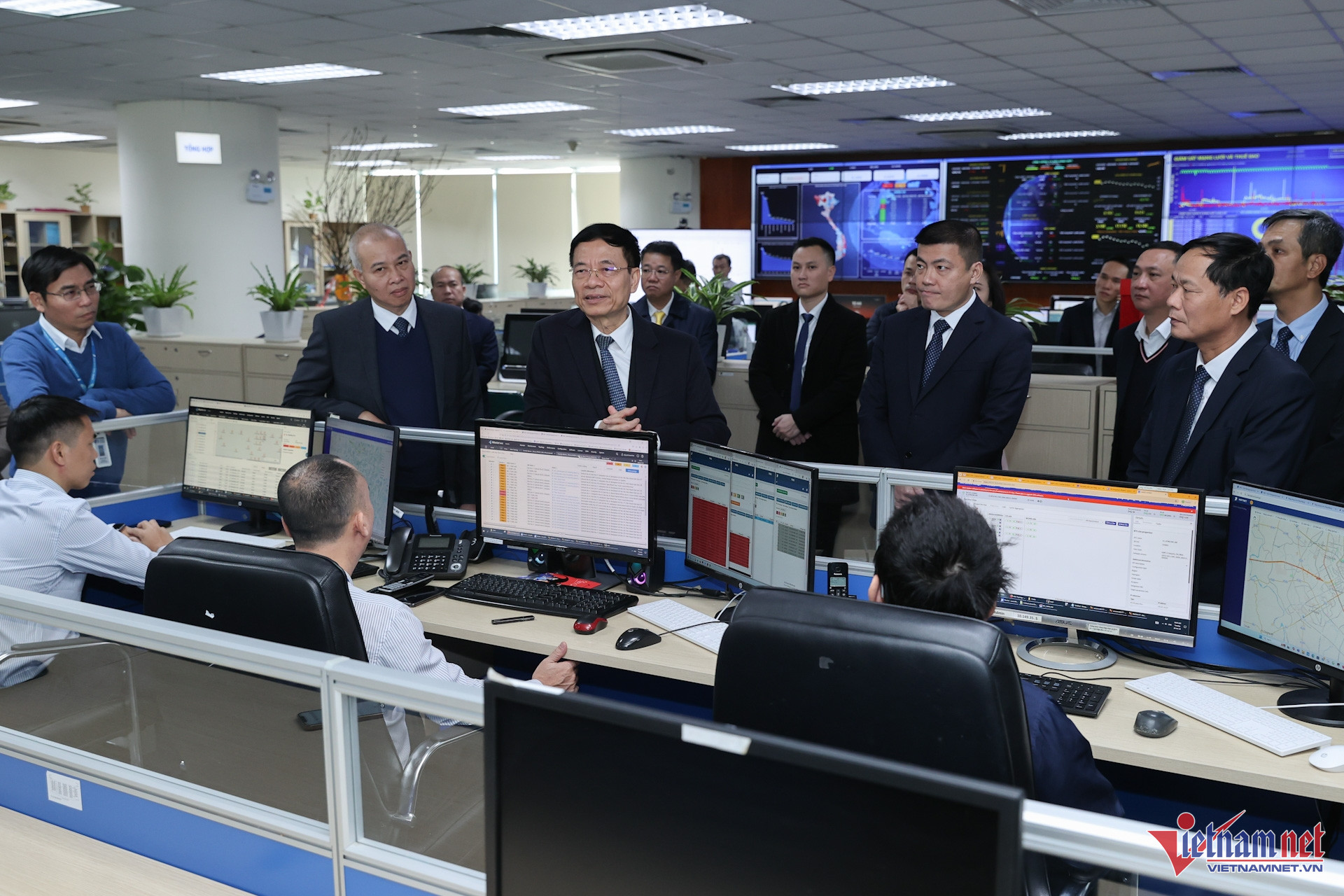
Minister Nguyen Manh Hung: The mission of our industry in the coming period is to continue promoting that transformation to make the country stronger with science and technology, with innovation and with the aspiration to be strong. (Minister Nguyen Manh Hung inspects activities on the occasion of the Lunar New Year 2025 at VNPT Net). Photo: Le Anh Dung
Ngành TT&TT đã đổi mới lần 1 và nay thực hiện đổi mới lần 2. Mỗi đơn vị, mỗi cán bộ trong ngành cần coi năm 2025 là năm của hành động. Trưởng các đơn vị phải làm việc với tinh thần tận hiến, đặt ra mục tiêu cao hơn, xây dựng kế hoạch hành động cá nhân trong một năm nhưng với khối lượng của nhiều năm. Đó là trách nhiệm cũng là vinh dự và đặc biệt là cơ hội để khám phá chính bản thân mình.
Với tinh thần tiên phong và sáng tạo, chúng ta hãy chung tay hành động, đưa ngành tiến lên bứt phá, góp phần xây dựng một Việt Nam hùng cường và thịnh vượng. Chuyển đổi số, kinh tế số, xã hội số, chính phủ số không phải là khái niệm xa vời mà đã trở thành mạch sống của đất nước. Sứ mệnh của ngành chúng ta trong chặng đường tới là tiếp tục thúc đẩy sự chuyển đổi ấy để làm cho đất nước mạnh lên bằng KHCN, bằng ĐMST và với khát vọng hùng cường.
Thank you, Minister!
Nghị quyết 57 đã xác định tầm nhìn đến năm 2045, KHCN, ĐMST và CĐS phát triển vững chắc, góp phần đưa Việt Nam trở thành nước phát triển có thu nhập cao. Việt Nam có quy mô kinh tế số đạt tối thiểu 50% GDP; là một trong các trung tâm công nghiệp công nghệ số của khu vực và thế giới; thuộc nhóm 30 nước dẫn đầu thế giới về đổi mới sáng tạo, chuyển đổi số.
Cũng đến năm 2045, Việt Nam có tỷ lệ doanh nghiệp công nghệ số tương đương các nước phát triển; có tối thiểu 10 doanh nghiệp công nghệ số ngang tầm các nước tiên tiến; thu hút thêm ít nhất 5 tổ chức, doanh nghiệp công nghệ hàng đầu thế giới đặt trụ sở, đầu tư nghiên cứu, sản xuất tại Việt Nam.
Vietnamnet.vn


![[Photo] Prime Minister Pham Minh Chinh chaired a meeting to discuss solutions to overcome the consequences of floods in the central provinces.](https://vphoto.vietnam.vn/thumb/1200x675/vietnam/resource/IMAGE/2025/10/29/1761716305524_dsc-7735-jpg.webp)
![[Photo] Hue: Inside the kitchen that donates thousands of meals a day to people in flooded areas](https://vphoto.vietnam.vn/thumb/1200x675/vietnam/resource/IMAGE/2025/10/29/1761738508516_bepcomhue-jpg.webp)
![[Photo] Flooding on the right side of the gate, entrance to Hue Citadel](https://vphoto.vietnam.vn/thumb/1200x675/vietnam/resource/IMAGE/2025/10/28/1761660788143_ndo_br_gen-h-z7165069467254-74c71c36d0cb396744b678cec80552f0-2-jpg.webp)
![[Photo] National Assembly Chairman Tran Thanh Man received a delegation of the Social Democratic Party of Germany](https://vphoto.vietnam.vn/thumb/1200x675/vietnam/resource/IMAGE/2025/10/28/1761652150406_ndo_br_cover-3345-jpg.webp)




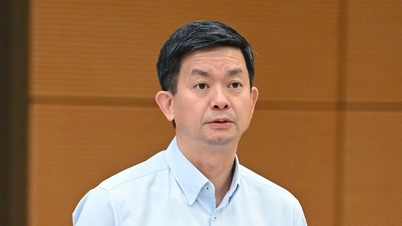

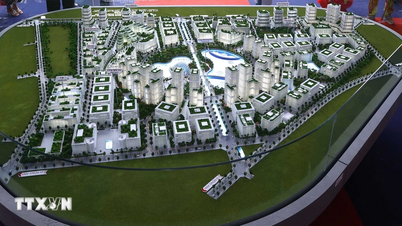

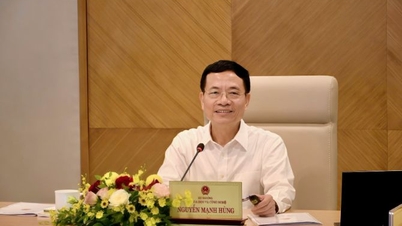



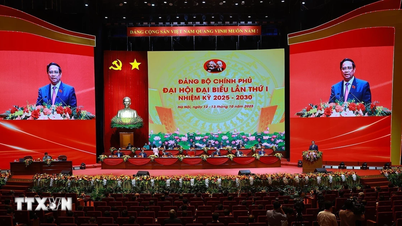
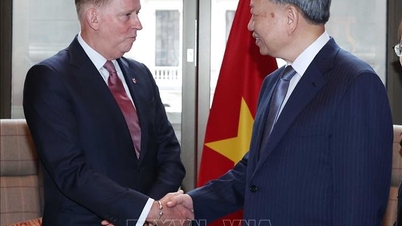

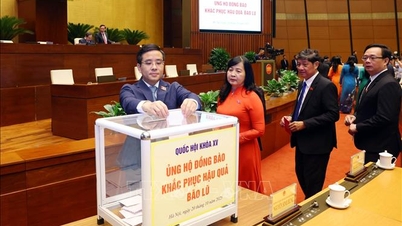
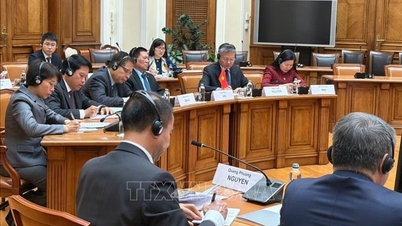
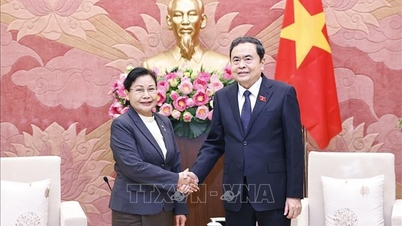






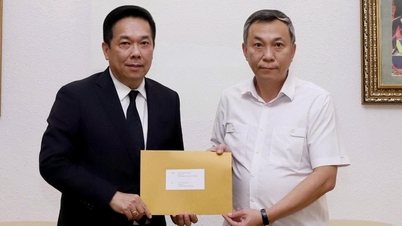



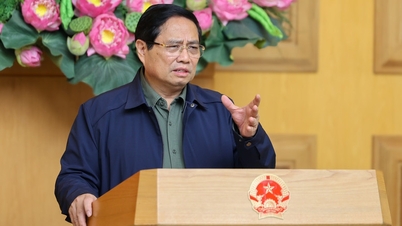




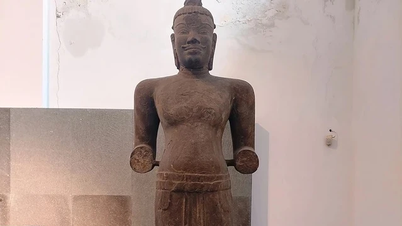











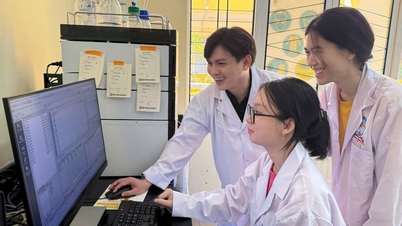

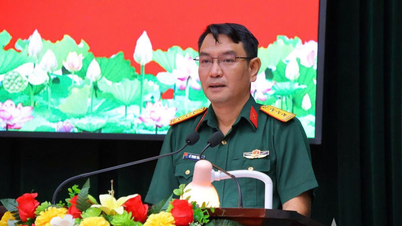


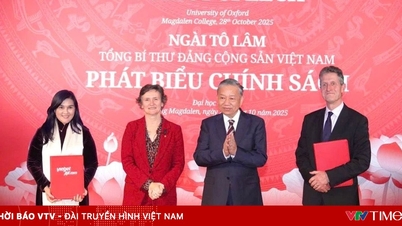

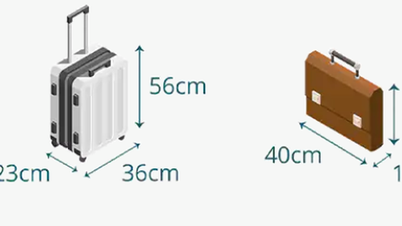



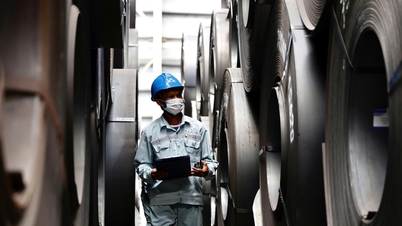






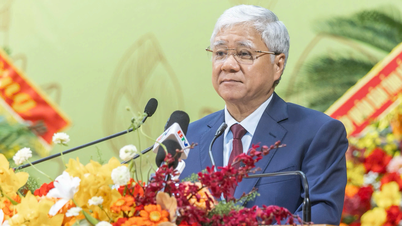
![[Infographic] Vietnam's socio-economic situation in 5 years 2021-2025: Impressive numbers](https://vphoto.vietnam.vn/thumb/402x226/vietnam/resource/IMAGE/2025/10/29/1761730747150_anh-man-hinh-2025-10-29-luc-16-38-55.png)


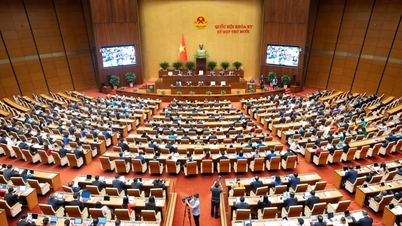
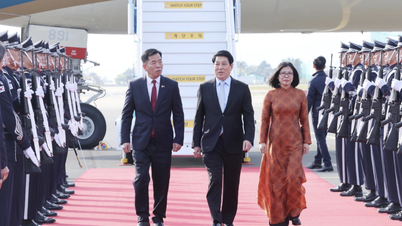
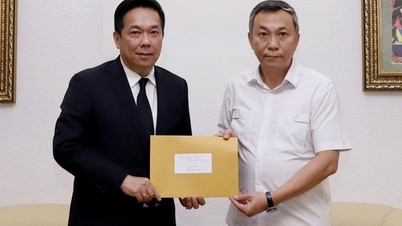

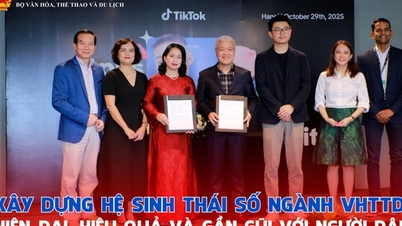
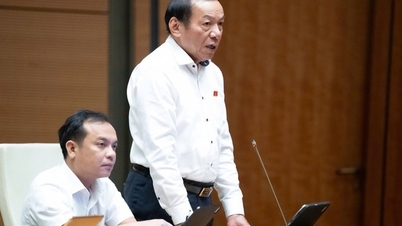
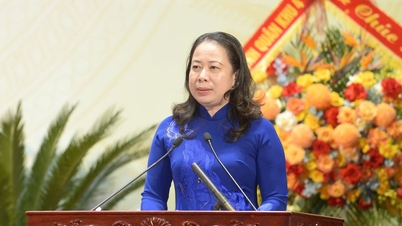

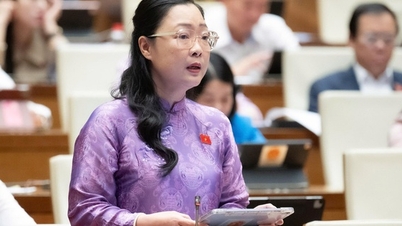
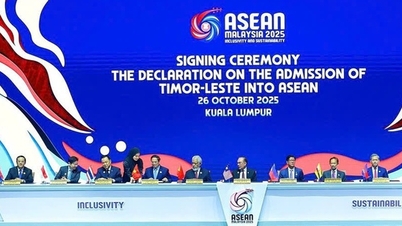
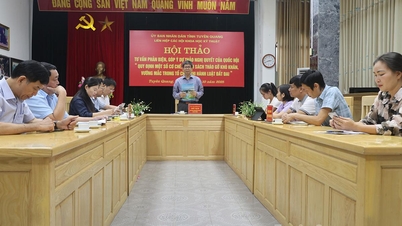

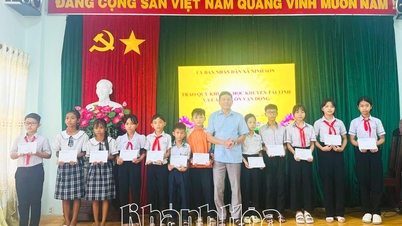

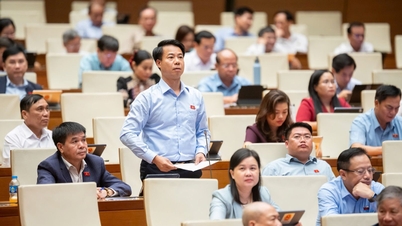



















Comment (0)